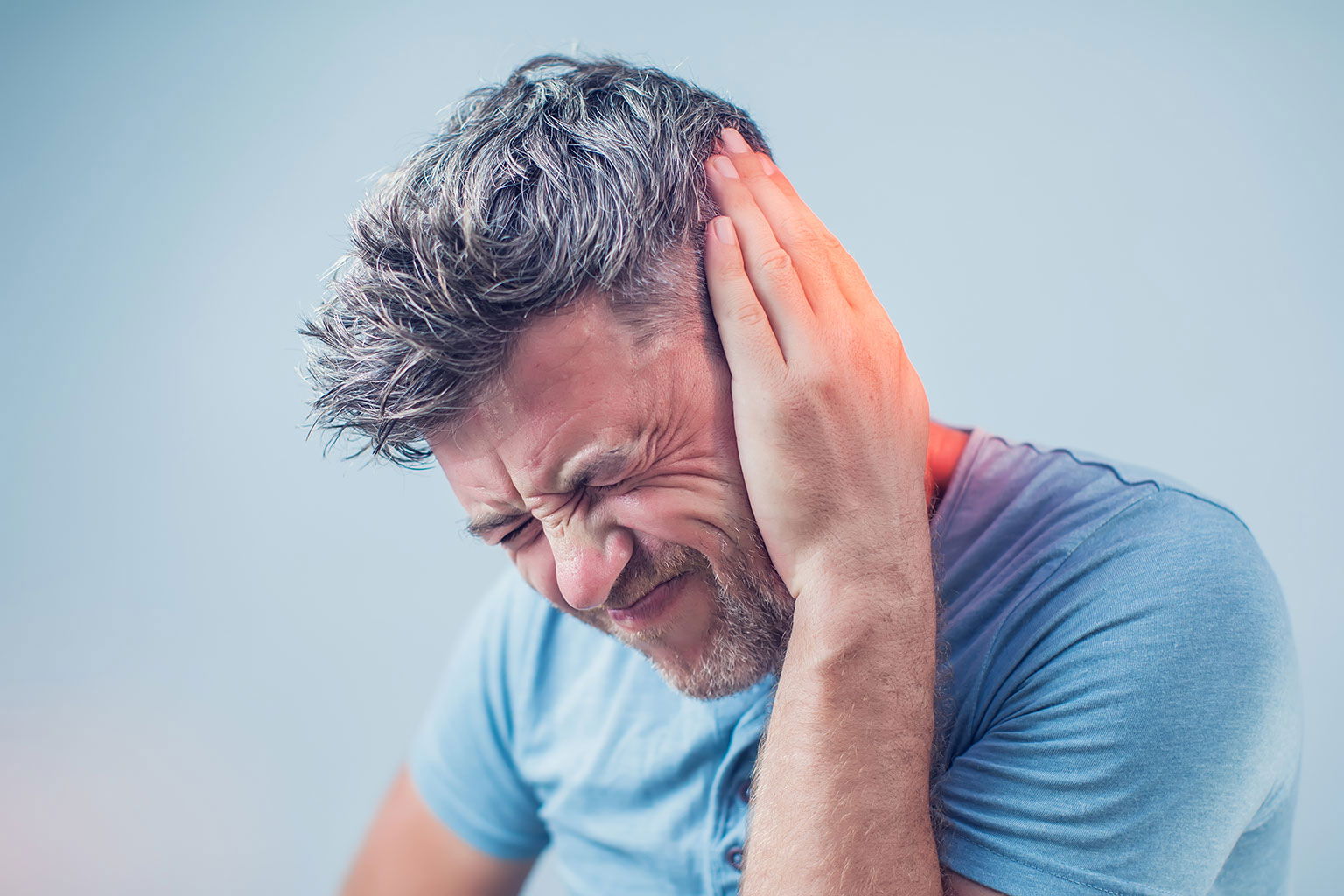Tinnitus, HBOT & rTMS

What is tinnitus?
Tinnitus is the perception of sound (often ringing, buzzing, or hissing) without an external source. It can be related to hearing loss, noise trauma, vascular dysfunction, metabolic issues, or central nervous system hyperactivity.
1. Hyperbaric Oxygen Therapy (HBOT)
Mechanism of Action (MOA)
- Increased oxygen delivery: HBOT raises oxygen concentration in the cochlea and auditory pathways, counteracting hypoxia often present in acute hearing loss and tinnitus.
- Neuroplasticity support: Improved oxygenation may stabilize neuronal hyperactivity in the auditory cortex.
- Anti-inflammatory & antioxidant effects: Reduces oxidative stress in the inner ear.
- Microcirculation improvement: Enhances cochlear blood flow, crucial in noise- or ischemia-related tinnitus.
Suggested Protocols (from studies and clinical guidelines)
- Pressure: 2.0 ATA.
- Duration: 90 minutes per session.
- Frequency: 5 sessions per week.
- Course: 20 sessions (sometimes up to 30 for chronic cases).
- Best evidence: Early intervention (within 3 months of onset, especially when associated with sudden sensorineural hearing loss).
Expected Results
- Acute tinnitus (<3 months): Better outcomes, often partial or significant reduction in tinnitus loudness and annoyance.
- Chronic tinnitus (>6 months): Results are variable; some patients experience reduction in intensity, improved sleep, or decreased emotional distress, while others report no significant change.
2. Repetitive Transcranial Magnetic Stimulation - Brain Rehab (rTMS)
Mechanism of Action (MOA)
- Neuronal modulation: rTMS uses magnetic pulses to alter cortical excitability.
- Target: Usually the auditory cortex (temporal lobe), which shows hyperactivity in tinnitus patients.
- Low-frequency rTMS (≤1 Hz): Suppresses hyperactive neurons, reducing phantom sound perception.
- High-frequency rTMS (≥10 Hz): Sometimes applied to dorsolateral prefrontal cortex (DLPFC) to improve associated anxiety, depression, and attention modulation.
Suggested Protocols (based on clinical studies)
- Frequency:
- Auditory cortex: 1 Hz (inhibitory).
- DLPFC: 10–20 Hz (excitatory, adjunctive).
- Pulse trains: 1000–2000 pulses per session (sometimes up to 3000).
- Duration: 30 minutes per session.
- Course: Daily sessions, 5 days/week, 20 total sessions.
- Maintenance: Some patients benefit from booster sessions monthly or quarterly.
Expected Results
- Reduction in tinnitus loudness and/or distress in ~30–50% of patients.
- Effects often last weeks to months; some patients require repeat cycles.
- Best responders: recent-onset tinnitus, unilateral tinnitus, and those without major psychiatric comorbidities.
Combined or Sequential Use
Some clinics are exploring HBOT + rTMS:
- HBOT optimizes inner ear oxygenation and tissue metabolism.
- rTMS modulates central maladaptive auditory network activity.
- Evidence is still preliminary, but the combination may yield synergistic benefits.
Summary for your client:
- HBOT: Works mainly on the inner ear physiology, with best results in acute tinnitus, at 2.0 ATA for 20 sessions.
- rTMS: Works mainly on brain hyperactivity, using 1 Hz stimulation of the auditory cortex, usually 20 sessions.
- Expected outcome: Improvement, not guaranteed cure. Many patients report lower tinnitus intensity, improved sleep, and reduced emotional burden. Early treatment tends to be more effective.